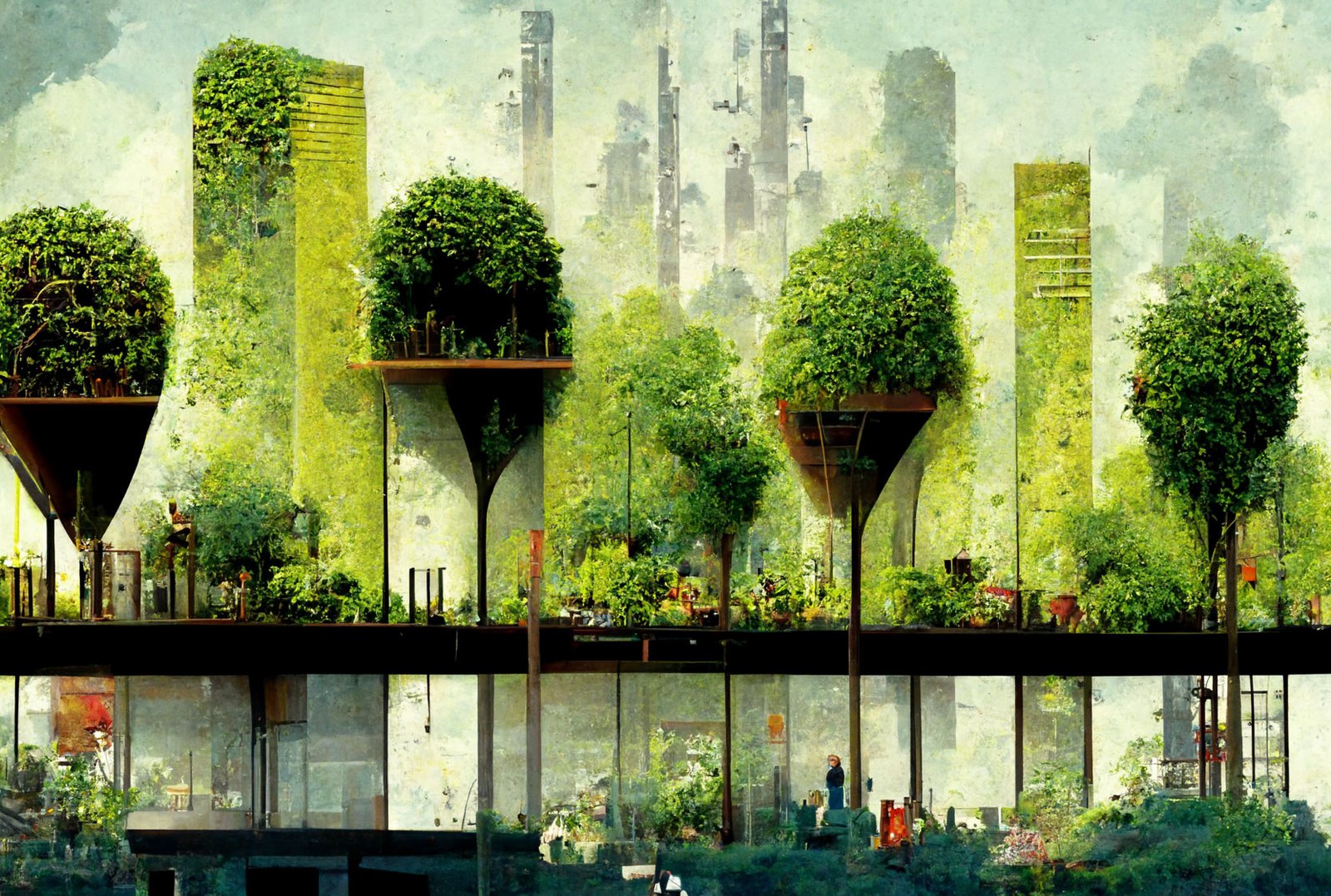Landscape architecture is continuously evolving as cities and communities face new challenges and opportunities. As environmental concerns grow and urban spaces become more complex, the role of landscape architects in shaping the future of design is more important than ever. The future of landscape architecture promises a blend of sustainability, technology, and creativity, aiming to create outdoor spaces that are not only visually appealing but also functional, resilient, and environmentally responsible.

Embracing Sustainable Design
One of the most significant trends shaping the future of landscape architecture in design is sustainability. As the effects of climate change become more apparent, landscape architects are increasingly tasked with designing spaces that contribute to environmental protection and resilience. Sustainable design will continue to be at the heart of landscape architecture, with a focus on reducing carbon footprints, conserving natural resources, and supporting biodiversity.
In the future, we can expect to see more landscapes designed with water management in mind. Features like rain gardens, bioswales, and permeable paving will become standard in urban areas to help manage stormwater and reduce the risk of flooding. Additionally, cities will prioritize the use of native plants to reduce water usage and support local ecosystems. Landscape architects will also use renewable materials and energy-efficient designs to minimize environmental impact and promote sustainable urban living.
Smart Cities and Technology Integration
The future of landscape architecture in design is closely linked with the rise of smart cities. As technology advances, landscape architects are finding new ways to incorporate smart systems into their designs. From sensor-driven irrigation systems to interactive public spaces, technology will play a major role in shaping outdoor environments.
For example, smart parks could use sensors to monitor air quality, temperature, and soil moisture levels, adjusting irrigation systems automatically to optimize water usage. Interactive elements, such as digital kiosks or augmented reality experiences, could allow visitors to learn about the history of a park or get involved in community initiatives.
Additionally, data-driven design will allow landscape architects to create spaces that respond to environmental changes and user needs. By using data collected from sensors and other technologies, landscape architects can analyze patterns of human behaviour and environmental conditions, leading to more efficient and adaptable designs.
Climate Resilience and Adaptive Landscapes
As climate change brings more extreme weather events like floods, droughts, and heatwaves, landscape architects will play a crucial role in creating climate-resilient landscapes. The future of landscape architecture in design will be heavily focused on building landscapes that can adapt to these challenges and help mitigate their impacts.
For example, green roofs, urban forests, and green walls will become more common in cities as they provide cooling effects, absorb rainwater, and reduce the urban heat island effect. Additionally, landscapes will be designed with flexibility in mind, allowing them to evolve and adapt as environmental conditions change over time. This includes the use of drought-resistant plants, water-efficient irrigation systems, and other techniques that ensure landscapes remain functional and beautiful even in changing climates.
Public Health and Wellbeing Focus
The importance of public health and well-being in landscape design is another key element that will shape the future of landscape architecture. As cities become more crowded and urban stress levels rise, landscape architects will focus on creating spaces that promote mental and physical health. The future of urban landscapes will prioritize accessibility, inclusion, and spaces that encourage outdoor activities.
Parks, gardens, and outdoor recreation areas will be designed to encourage exercise, social interaction, and relaxation. In addition, the integration of biophilic design elements—such as natural materials, plants, and water features—will be a key focus in the creation of spaces that promote wellness. These elements are shown to reduce stress, improve mood, and increase overall health.
Regenerative and Circular Design
As part of the ongoing sustainability trend, the future of landscape architecture in design will include more regenerative practices. Rather than simply minimizing negative environmental impacts, regenerative design aims to restore and enhance the environment. This approach focuses on creating landscapes that actively improve ecosystems, support biodiversity, and even reverse environmental degradation.
Circular design will also become more prevalent in landscape architecture, where waste is minimized, and materials are reused, recycled, or repurposed. Landscape architects will design landscapes that reduce resource consumption, promote local food production, and encourage closed-loop systems. This could include community gardens, edible landscapes, and spaces that foster sustainability through renewable energy sources or water recycling systems.
Inclusive and Accessible Design
The future of landscape architecture will also focus on inclusivity and accessibility. Public spaces will be designed to be welcoming and usable for all people, regardless of age, ability, or background. This includes creating barrier-free designs, and ensuring that people with disabilities can navigate outdoor spaces easily and comfortably.
Landscape architects will continue to prioritize community engagement, ensuring that residents have a voice in the design process. This participatory approach allows communities to shape the outdoor spaces that serve them, creating more meaningful and culturally relevant designs. Urban parks, plazas, and streets will be designed to accommodate diverse activities, from quiet reflection to group gatherings, ensuring that everyone has access to these spaces.
Conclusion
The future of landscape architecture in design is an exciting and dynamic field that holds immense potential for improving the quality of life in cities and communities. Through sustainable design, technological innovation, climate resilience, and a focus on public health and inclusivity, landscape architects will continue to create spaces that enhance our connection to nature and each other.
As we look to the future, landscape architecture will play a key role in addressing environmental challenges, fostering social interaction, and improving the overall well-being of urban populations. With creativity and thoughtful planning, landscape architects will help shape the cities of tomorrow—cities that are not only livable but also resilient, sustainable, and vibrant for generations to come.




